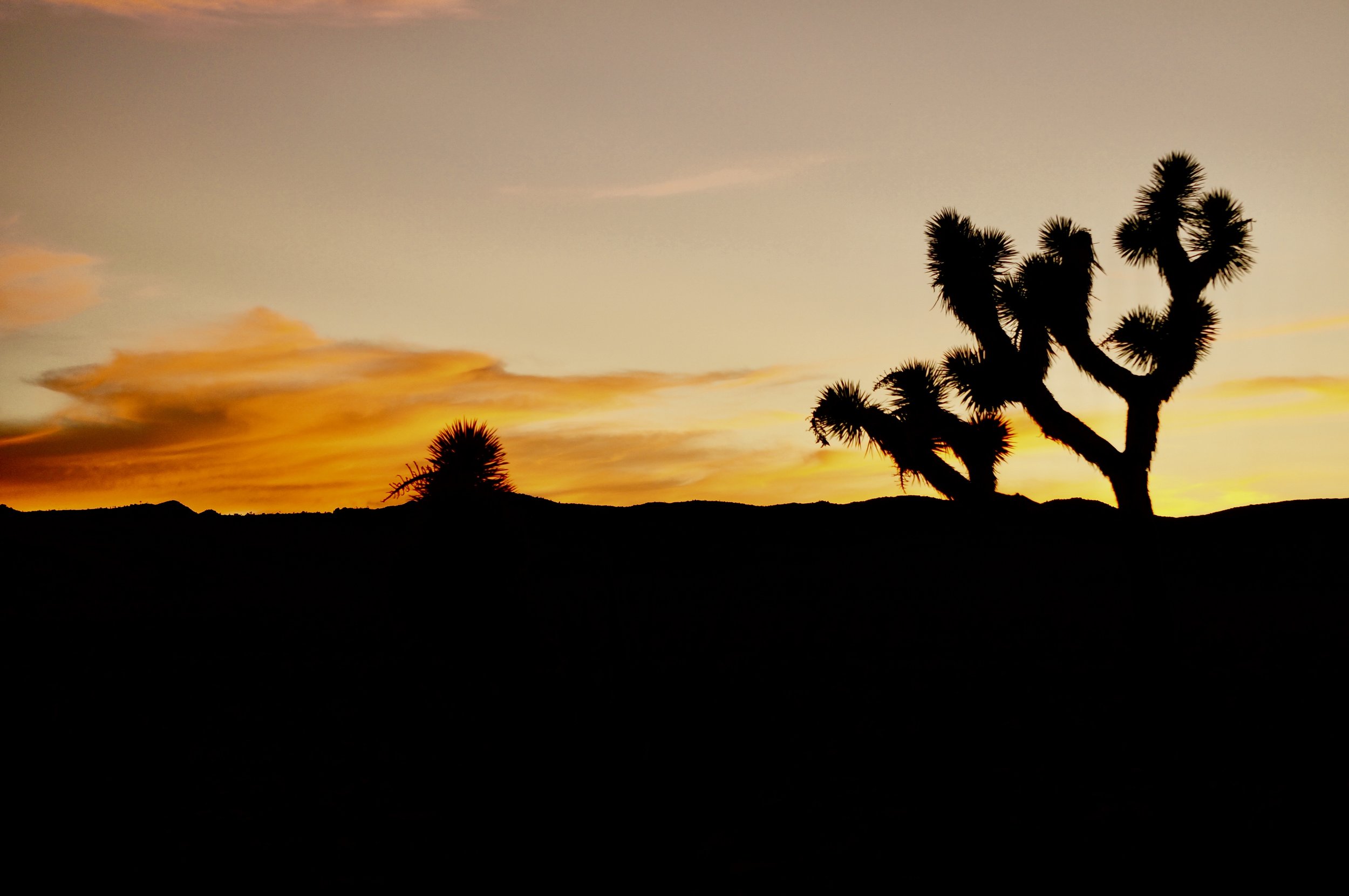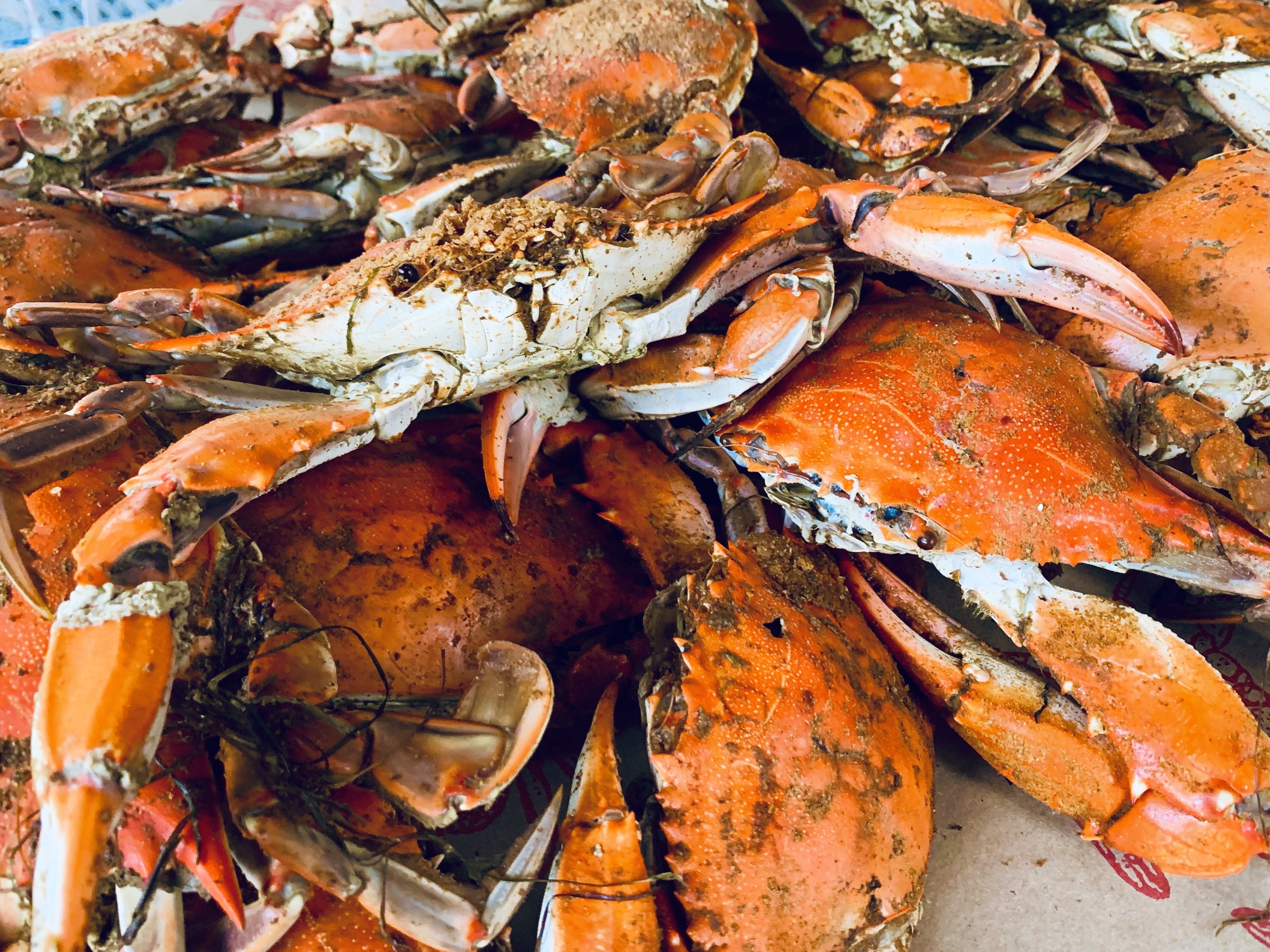Southern California’s iconic Joshua trees may be an early casualty of climate change as their desert home continues to heat up.
“It’s the Joshua tree’s struggle that gives it its beauty.”
In a habitat as inhospitable as the Mojave Desert, the driest desert in North America where temperatures can soar above 120 degrees, plants and animals often need each other to survive. Nowhere is this natural teamwork more apparent than in Joshua Tree National Park, where the namesake Joshua trees rely on a relationship with a symbiotic moth. However, the park’s changing climate is straining this vital relationship.
A study from 2018 found that Joshua trees are being forced to move to either higher altitudes or farther north as temperatures continue to increase. This raises the logical question of how will these trees move? Trees and other plants move in groups, often with the aid of wind or animals to help disperse their seeds to new areas.
One of the early “vehicles” of seed dispersal was an animal you would never expect to find in such an inhospitable environment. Until 11,000 years ago, Shasta ground sloths lived in these deserts, feasting on the fruit of the tough Joshua tree, all the while ingesting the plant’s seeds as well. While the shaggy ground sloths moved across the southwestern deserts (probably at a similarly slow pace to their living relatives), they would drop the Joshua tree seeds in heaps of dung, some of which have been found fossilized with almost intact seeds. The bear-sized sloth probably succumbed to human hunting-induced extinction, which removed an important seed disperser for the Joshua trees.



But the Joshua trees have been able to survive the disappearance of the ground sloths thanks to another mutualistic relationship (a relationship between two species where both benefit) with the yucca moth. These moths help the trees by pollinating their flowers and the tree returns the favor by offering the moth’s offspring food and shelter in their developing seeds. Adult yucca moths are selfless, lugging (relatively) large balls of pollen from tree to tree before promptly dropping dead. Only their offspring will reap the rewards of eating through the Joshua tree seeds before returning the favor themselves as adults in a cycle that has worked for eons.
The 2018 study examined this relationship throughout the park, finding that Joshua trees were healthiest in the areas where the moths were abundant. More moths makes it easier for the trees to reproduce, but will the two species be able to maintain this relationship as the Joshua trees continue to creep closer to cooler temperatures?
Joshua trees are incredible plants, capable of reaching 40 feet in the most hostile of environments.
This is where the outlook for Joshua trees turns bleak. The study found that the yucca moth populations, in the few areas with suitable temperatures for Joshua trees, are not healthy. The relationship of these species is so tight, they may not make it through the century as climate change continues to force them apart. And the clock is already ticking down for both the yucca moth and the Joshua trees. In Joshua Tree National Park, the trees at lower altitudes are already becoming scorched and dying from the heat as trees in higher altitudes cannot successfully reproduce without the moths. Without the moths, Joshua trees are forced to asexually reproduce, creating inadequate clones that are vulnerable to pests and not able to disperse the species.
If Joshua trees were to disappear from their namesake park, something that could happen by as soon as 2100, many other animals, besides the yucca moth, would feel the loss. They provide shade from the brutal desert heat and provide habitats for insects, small mammals and birds. But some of the life that sprouts up around Joshua trees are harmful. Invasive grasses have entered the park, bringing with them a higher chance of wildfire that can decimate Joshua trees, which have never adapted to fire. As climate change continues to warm the park, the threat of wildfires will only increase.
While many visitors will mostly only see Joshua trees when they visit Joshua Tree National Park, there is an abundance of life that perseveres in this difficult environment. 57 species of mammal call this park home, including this coyote.
So is there any way to save the Joshua trees? In terms of helping the trees navigate to cooler environments within the park, people with knowledge of all the different pockets of climate around the park can try to plant the fruit of the trees in cooler areas, but this would be useless in the long run if yucca moths are not able to live there too. The complexity of interspecies relationships makes navigating climate change that much more difficult. Another, more out-of-the-box idea, would be trying to bring back the Shasta sloth to fill their ecological roles as large seed dispersal—a role that has remained empty after they left. Copious amounts of hair and other genetic material has been preserved in the hot, dry caves throughout the area to make them a somewhat logical de-extinction candidate. But at this point, that idea is more science fiction than reliable solution.
The reality is there is no easy solution to the Joshua tree’s predicament. The only thing we can do is treat the world better and try to individually reduce our emissions of green house gases that drive climate change. This phenomenon is not only sinking faraway islands and melting the ice at the poles. It is happening across the United States, even threatening an iconic Southern California symbol. It takes over a century for a Joshua tree to grow to a mangled, wind-beaten adult. In 80 years, the spiny symbol of perseverance in the inhospitable desert could be gone from its last stronghold. It simply cannot take the heat.
Above: Almost nothing is more hauntingly beautiful than gazing upon Joshua trees at sunset. Their mangled limbs make them seem like alien monsters as light fades beyond the horizon. They are the perfect subject to highlight the incredible explosion of colors in the back drop.




























